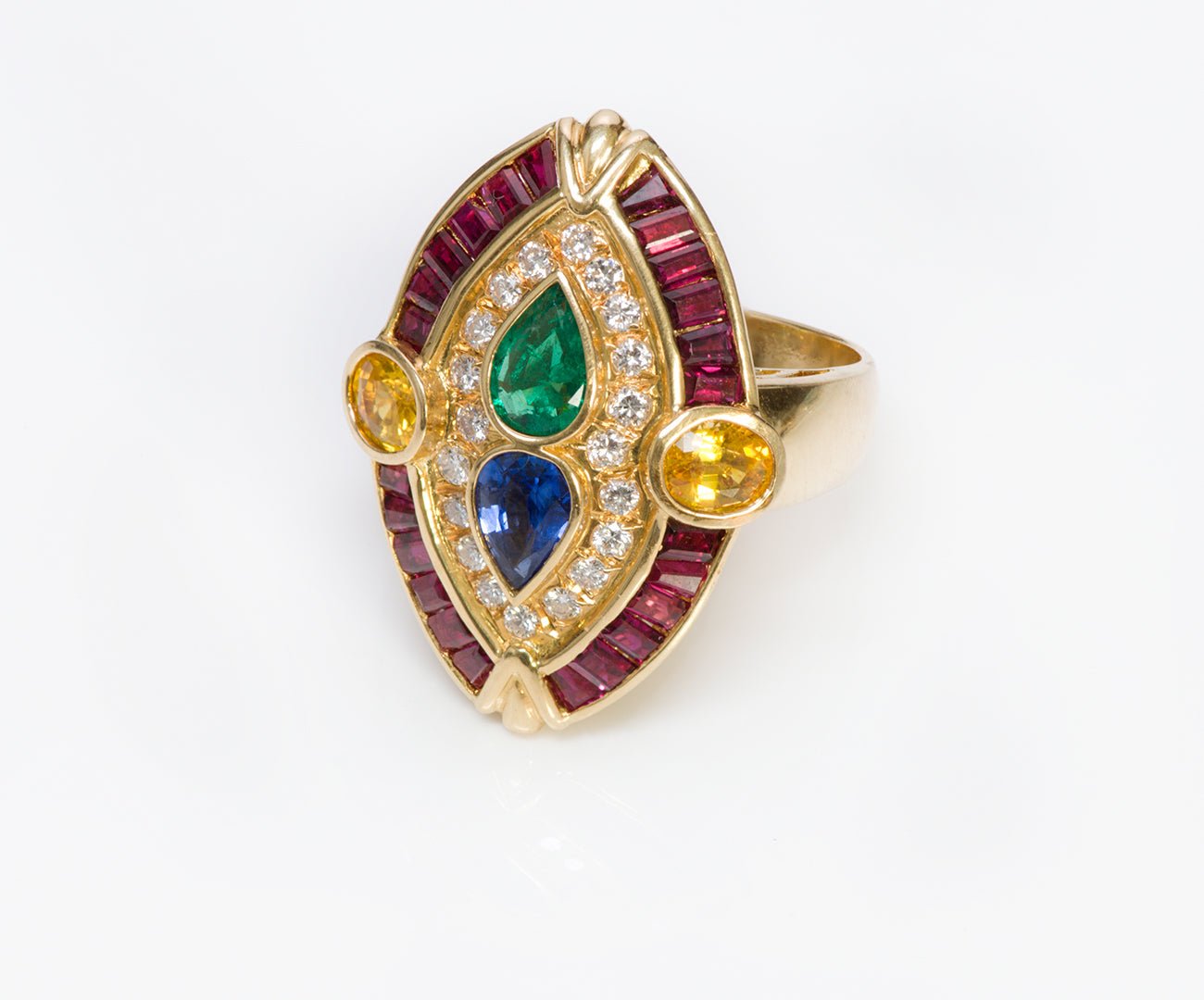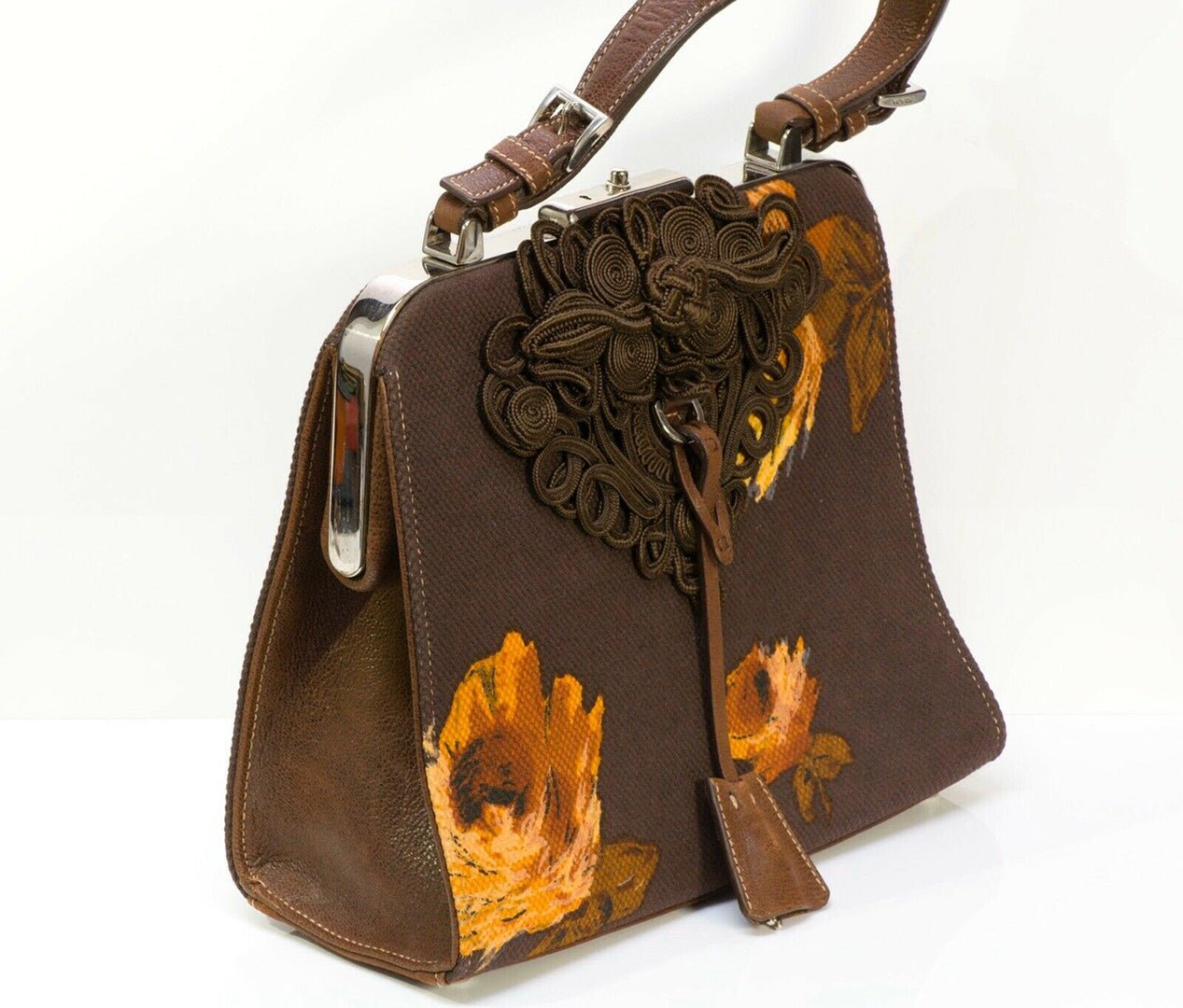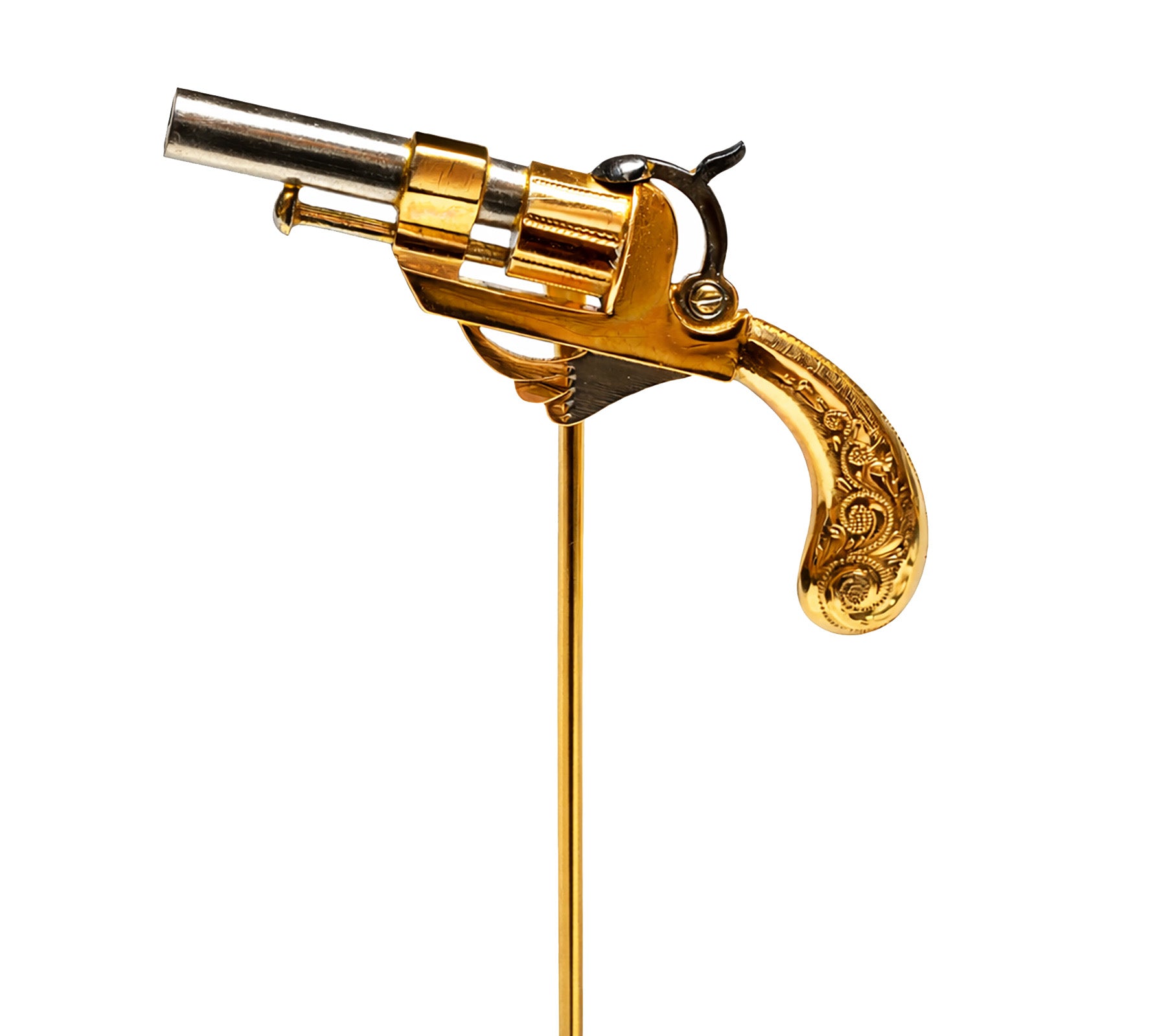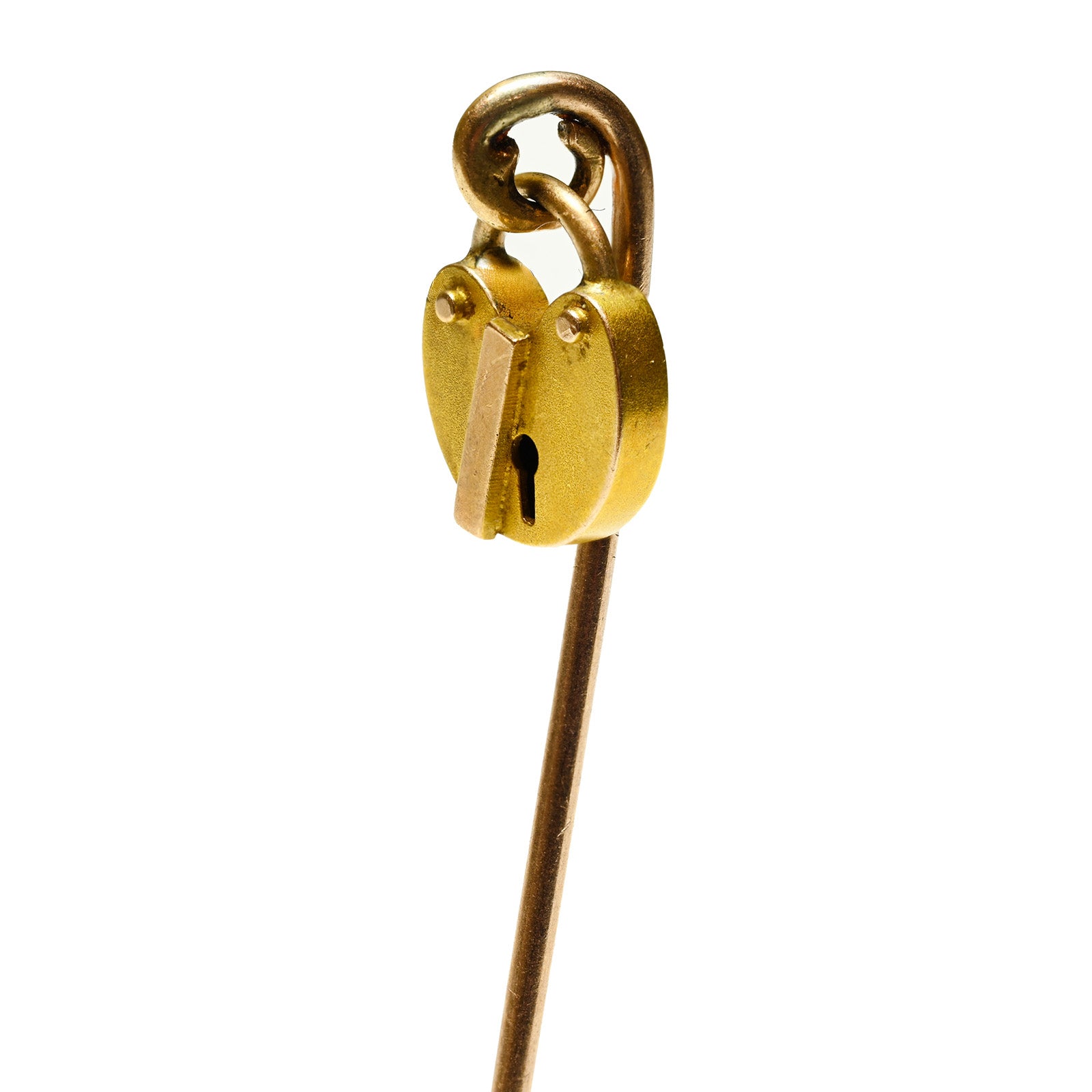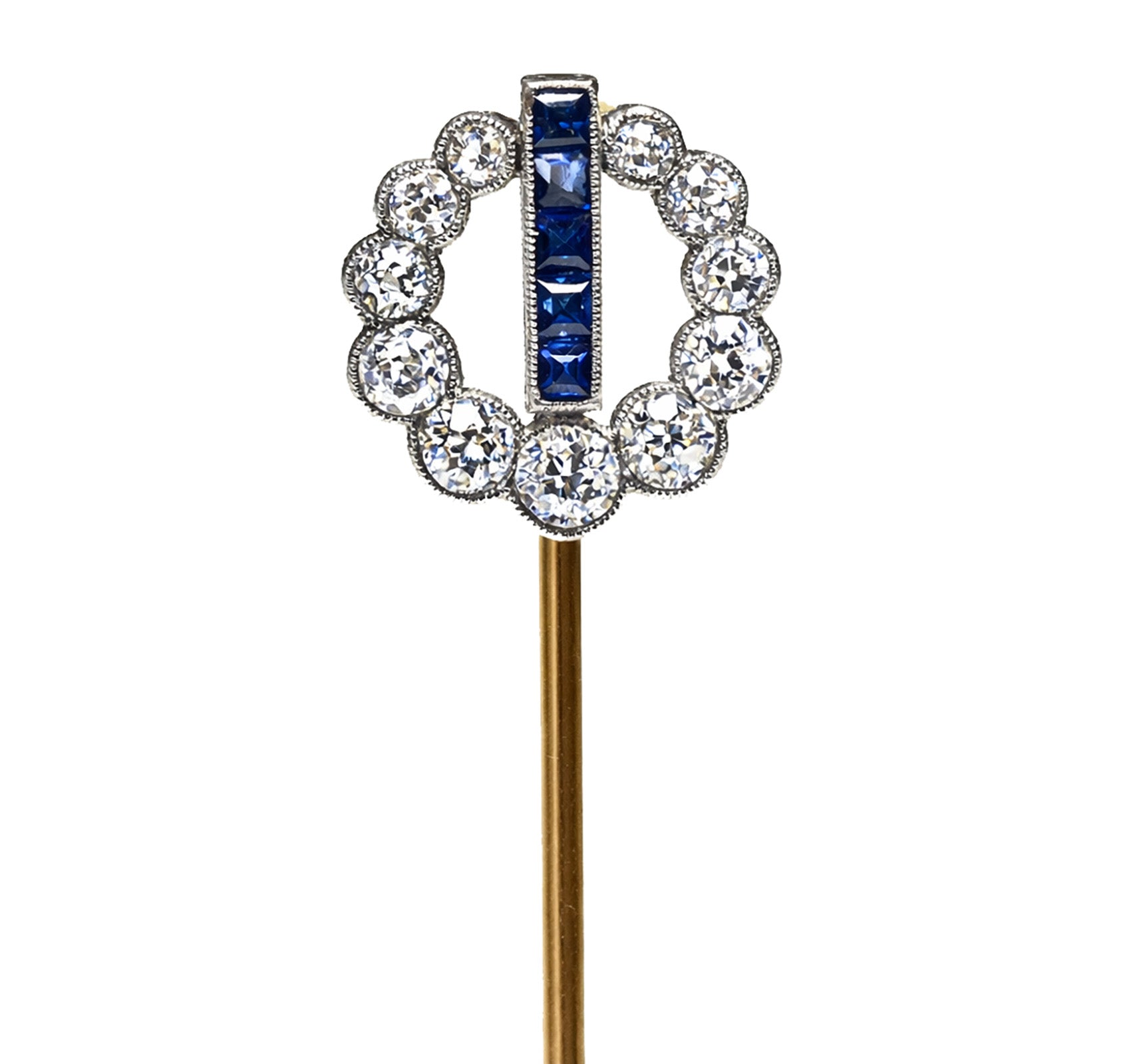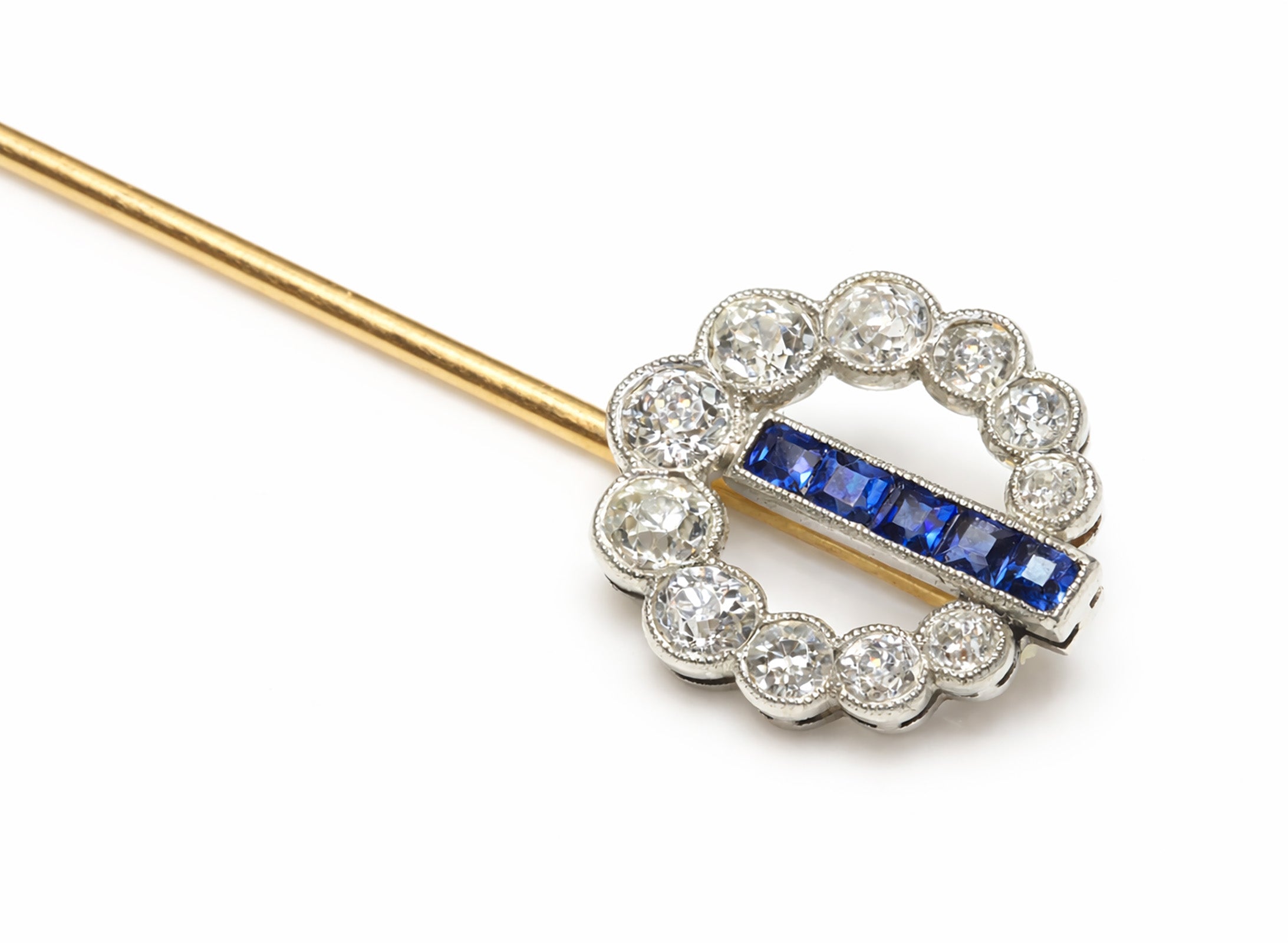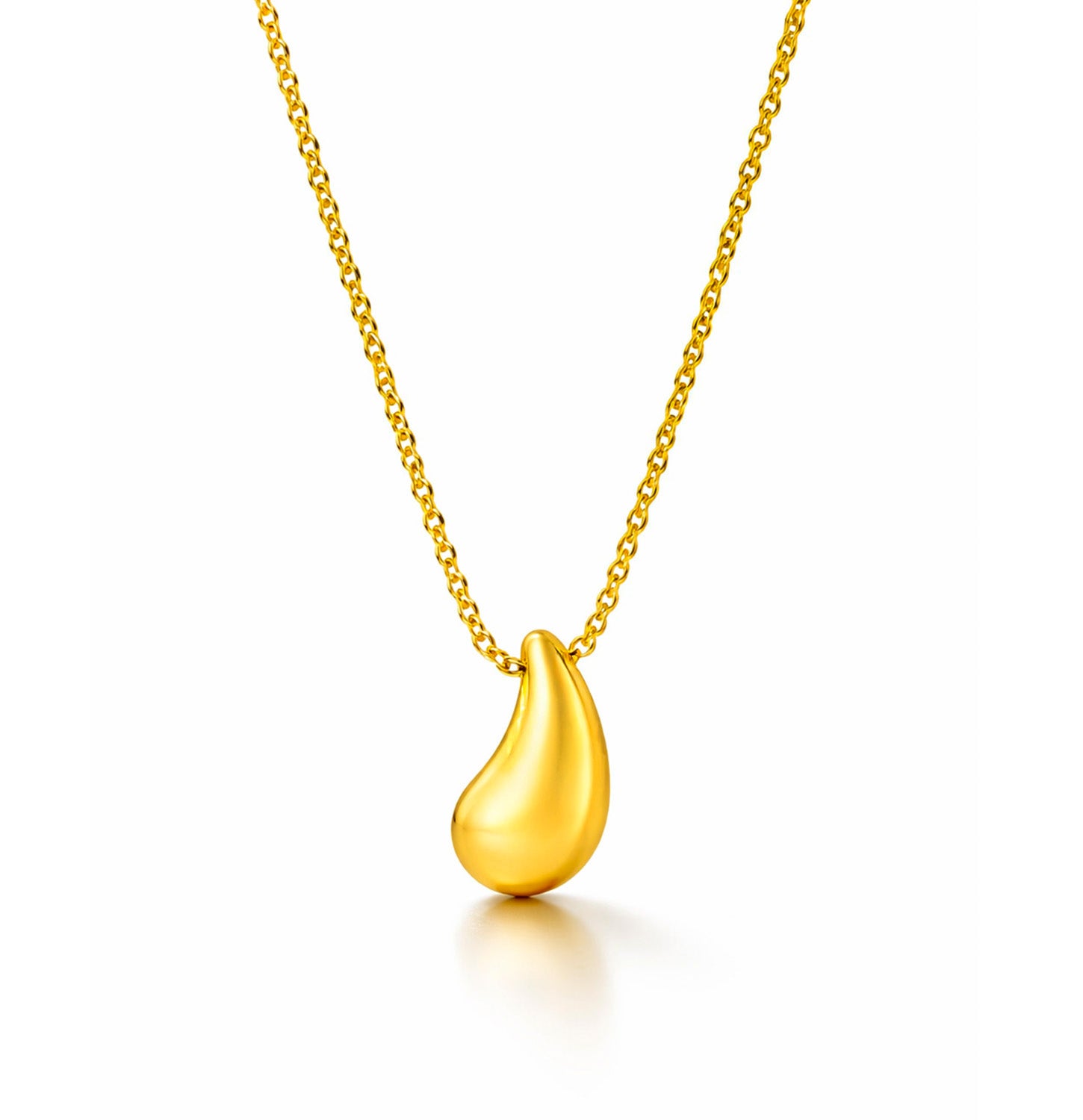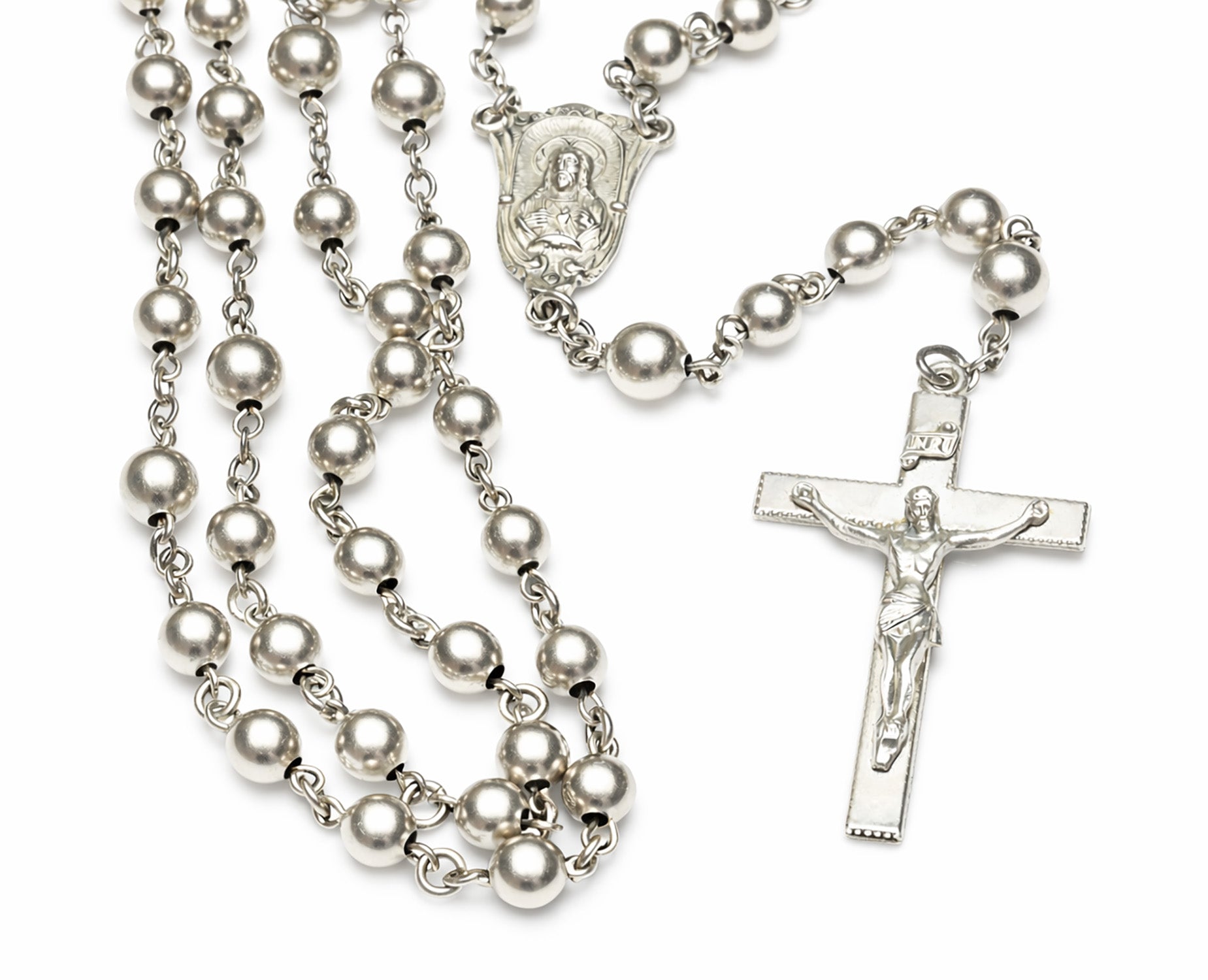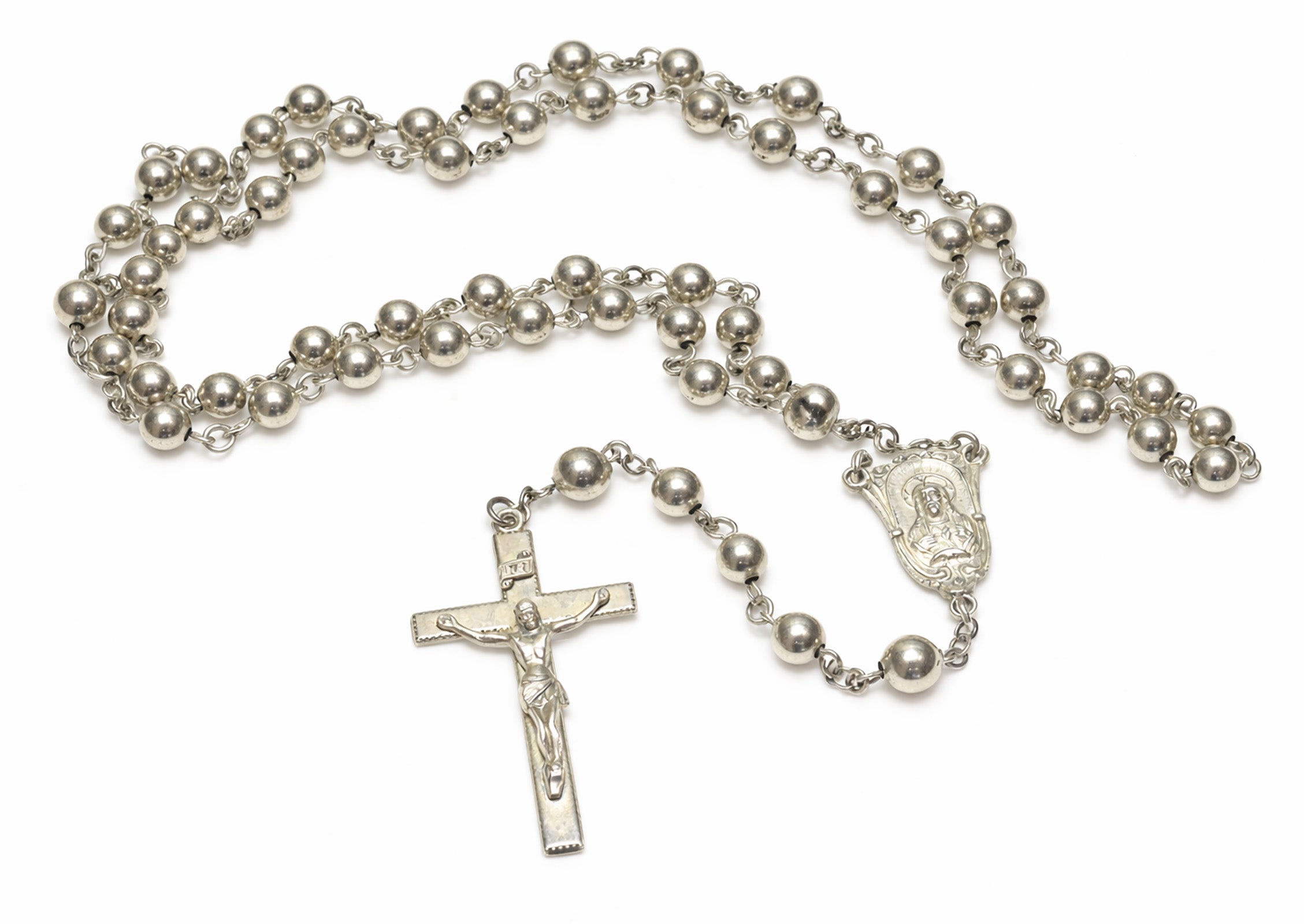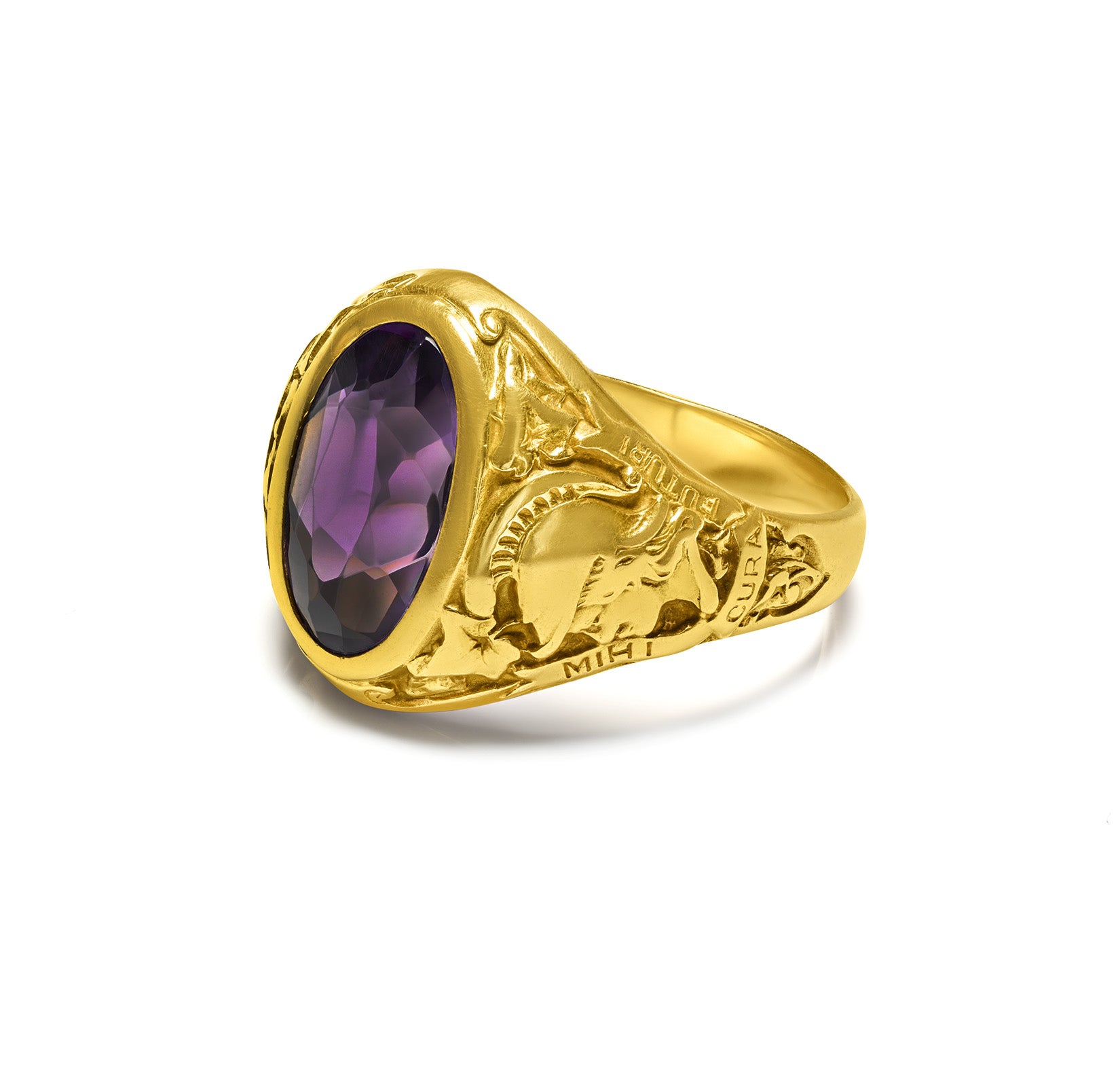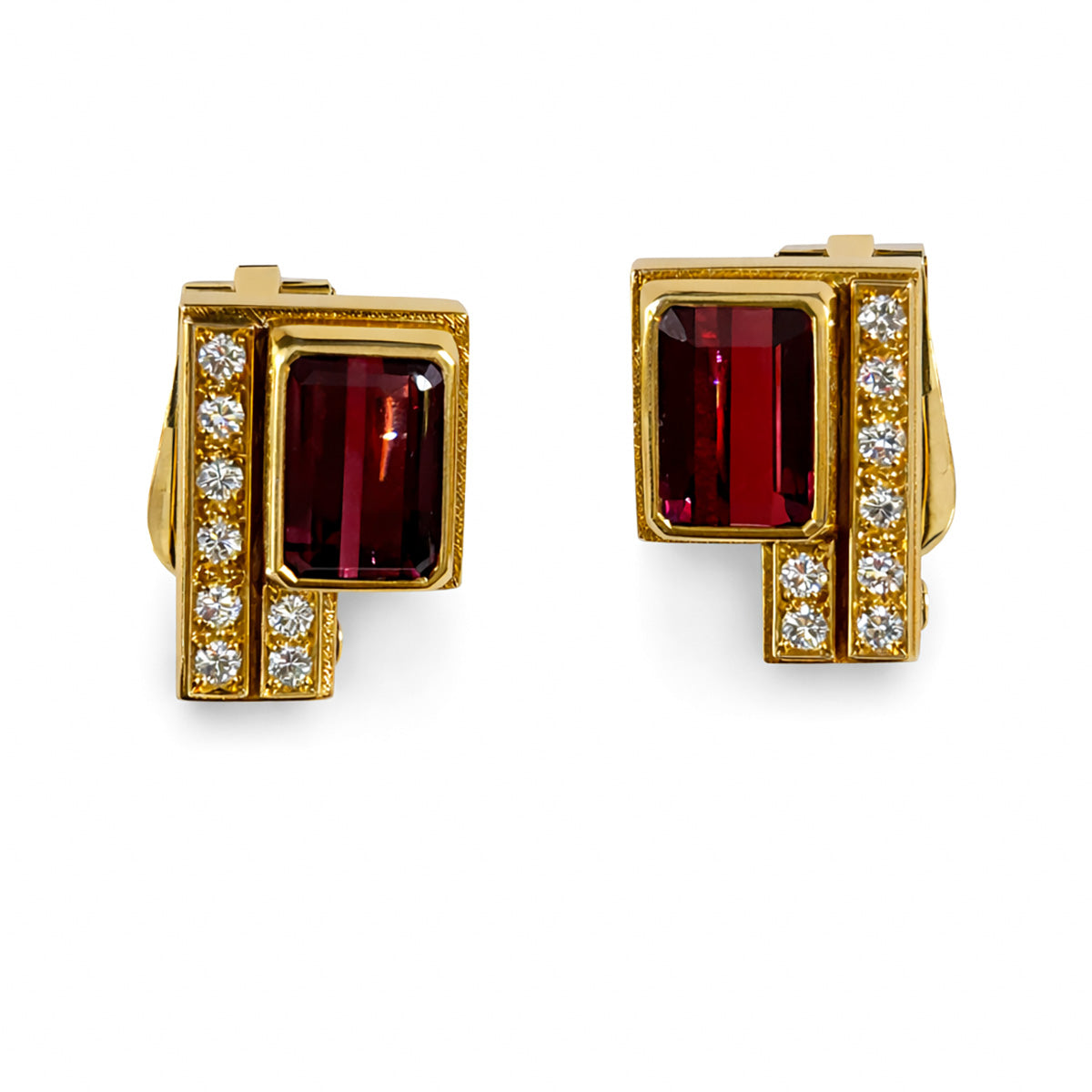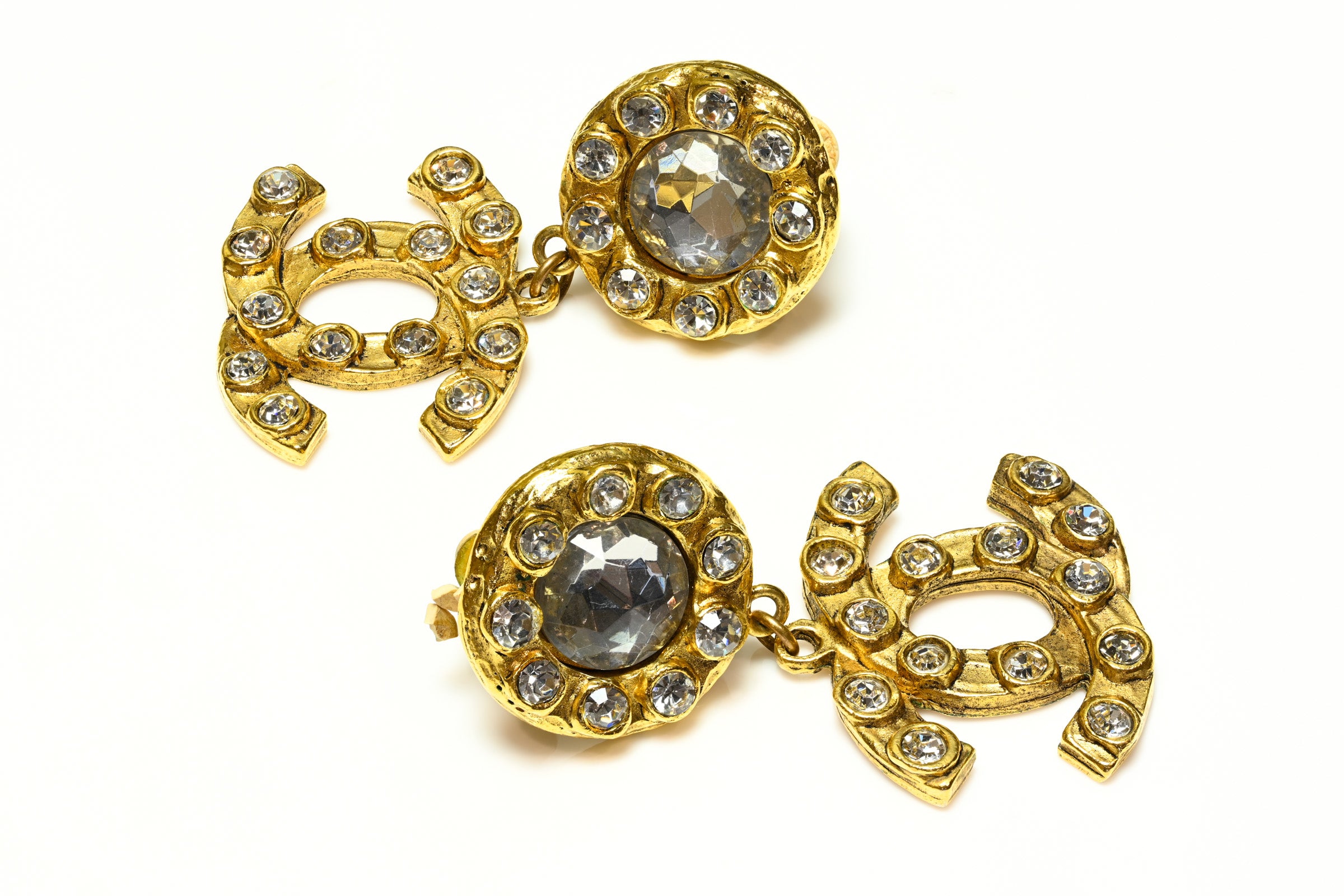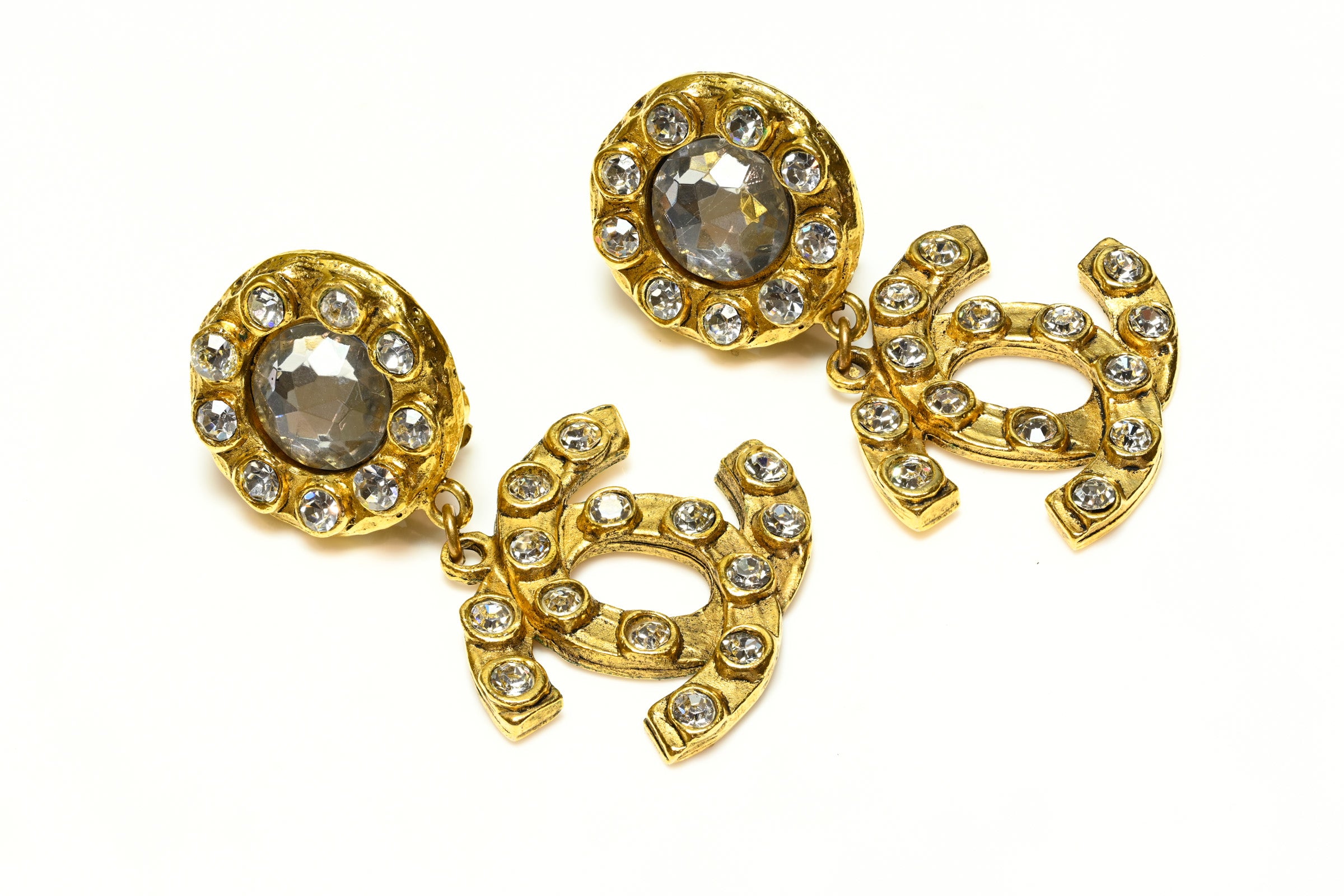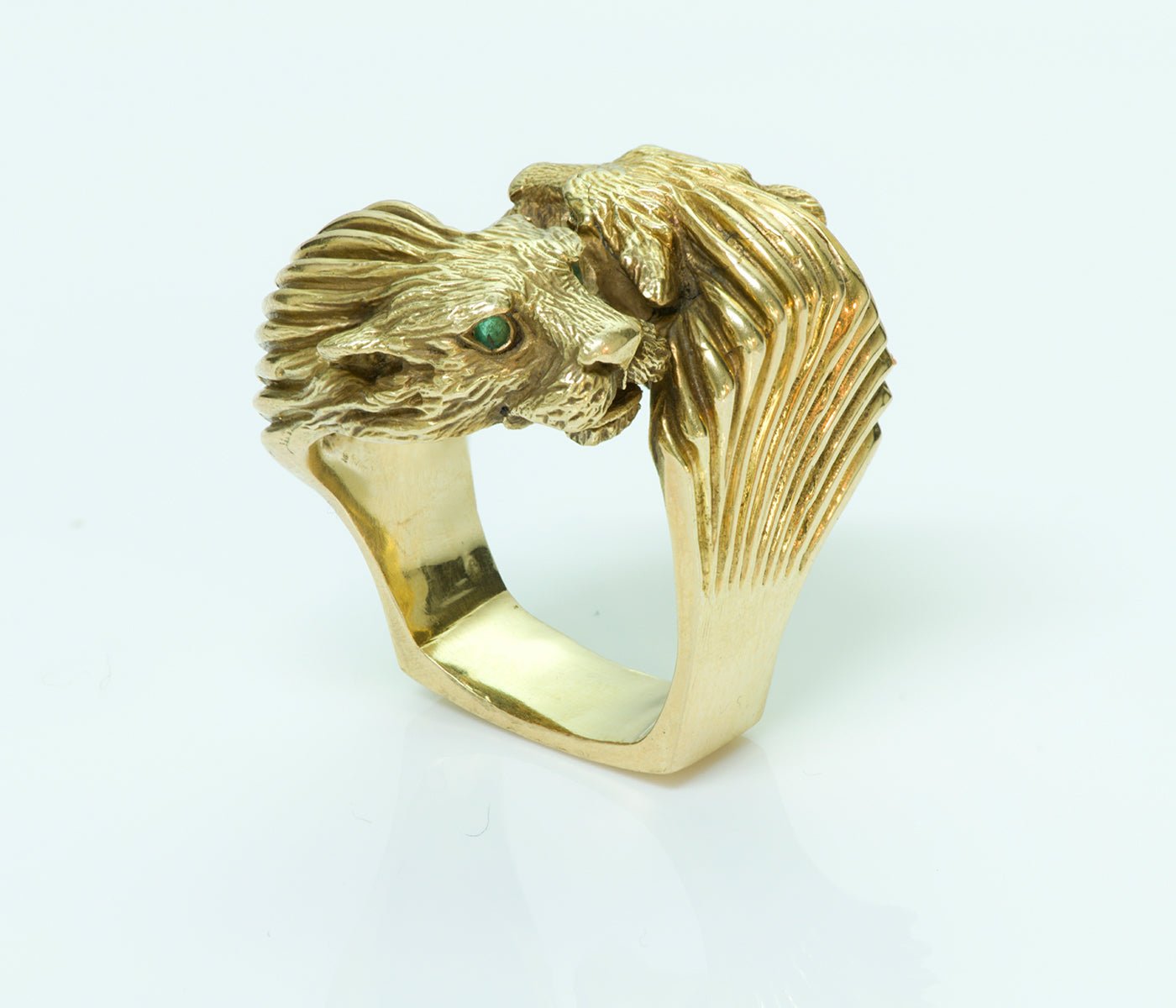
10 Interesting Facts You May Not Know About Tiffany & Co.
Iconic Tiffany & Co.
We've all heard of the movie "Breakfast at Tiffany's" but did you know that Tiffany & Co., also known colloquially as Tiffany or Tiffany's, was responsible for the engagement ring, as we know it? Or that the Flagship Fifth Avenue store was the first fully air-conditioned building in New York? Here we've collated for you a list of ten things that you may not have known about Tiffany & Co.1. Tiffany & Co. was instrumental to adopting "carat" as a measurement unit for diamonds and gems.
Before 1907, at various times and in various countries, there were at least twenty-three standards for the carat, ranging from 187.00 mg to 215.990 mg. Tiffany & Co. pushed for the adoption of the metric carat in the United States to ensure everyone referred to the same thing when selling diamonds. Tiffany’s gemologists standards were so exact that when the Gemological Institute of America introduced their grading system, it was a simplified version of Tiffany’s.
Tiffany & Co. Diamond 18K Yellow Gold & Platinum Bracelet
2. The engagement ring, as we know it, was introduced by Tiffany.
In 1886 Tiffany introduced the engagement ring as we know it today. Previously, diamond rings were set in bezels. Tiffany’s ring was designed to highlight brilliant-cut diamonds by lifting the stone off the band into the light. This famous ring was named the Tiffany® Setting. To this day, it is the most sought-after engagement ring style.
3. The Tiffany & Co. silver studio was the first American school of design!
Apprentices were encouraged to observe and sketch nature, and to explore the vast collections of sketches and artwork assembled by Edward C. Moore, the celebrated silversmith and head of the studio.
Tiffany & Co. Platinum Diamond & Briolette Aquamarine Lace Necklace
4. The Tiffany Yellow Diamond, a 128-carat stone, valued by the company at $22 million, had received the most bold and out-of-the-box treatment than any stone at the time!
The diamond’s carat weight was 287.42 (57.484 g) in the rough when it was discovered in 1878 in the Kimberley mine in South Africa. Tiffany’s gemologist, George Frederick Kunz, who was trusted with cutting the diamond was a mere 23 years old at the time! He studied the gem for a year before beginning to cut it; reducing it to less than half its size. Kunz cut the diamond into a cushion shape with 82 facets—24 more than a traditional round brilliant—to maximize its brilliance. The facet pattern features eight needle-like facets pointing outward from the culet (bottom) facet. Jewelry and diamond historian Herbert Tillander refers to this as a 'stellar brilliant cut'. Interestingly, Kunz did not attend college. He taught himself mineralogy from books and field research. He was later also the founder and president of the Museums of the Peaceful Arts and a research curator at the Museum of Natural History in New York City. The diamond is known to have been worn by only two women during its lifetime. It was worn by Mrs. Sheldon Whitehouse at the 1957 Tiffany Ball held in Newport, Rhode Island, mounted for the occasion in a necklace of white diamonds. It was subsequently worn by Audrey Hepburn in 1961 publicity photographs for Breakfast at Tiffany's.
Audrey Hepburn & The Tiffany Yellow Diamond
5. Diamond covered phone extravaganza.
On 2009, a collaboration between the Japanese mobile-phone operator SoftBank and Tiffany & Co. was announced. The two companies designed a cellphone, limited to ten copies, and containing more than 400 diamonds, totaling more than 20 carats (4.0 g). Each cell phones cost more than 100,000,000 yen ($903,824).6. The first completely air-conditioned building in New York.
Tiffany's flagship store at the corner of Fifth Avenue and 57th Street in Manhattan with its polished granite exterior is well known for its window displays, and the store has been the location for a number of films, including Breakfast at Tiffany's and Sweet Home Alabama. In 1940, Tiffany moved uptown for the sixth and last time, to this current location, where it put up a $2.5 million Art Deco seven-story building. It was the first completely air-conditioned building in New York.7. The company's manufacturing facilities produce approximately 60% of the merchandise sold—the balance, including rose-gold and almost all non-jewelry items, coming from third parties overseas.
Tiffany & Co oversees a significant U.S. manufacturing base, with jewelry and silver goods produced in Mount Vernon, New York; majority in Cumberland, Rhode Island; and Lexington, Kentucky, while silver hollow-ware is produced in Rhode Island.8. Colored gemstones.
Tiffany offers jewelry incorporating a wide variety of colored gemstones and played a huge role in popularizing the gems, such as tsavorite, Kunzite, and morganite. In February 2015, a turquoise and aquamarine bib designed by Francesca Amfitheatrof, Tiffany’s design director, worn by Cate Blanchett at the 2015 Academy Awards, contrasted favorably with the white-diamond encrusted jewelry worn by other stars.9. If you were to live in the 1850s you’d be able to purchase royal diamonds from Tiffany.

Tiffany's reign of diamonds began in 1848 with the abdication of King Louis-Philippe of France and the company purchasing of diamonds from aristocrats. The sale marked the first appearance of major gemstones in the United States and the stones availability for purchase by America's newly minted millionaire class, including such titans of industry as the Central Pacific Railroad's Leland Stanford, who purchased a large share of the Spanish crown jewels from Tiffany & Co. The frenzy for royal jewels culminated in 1887 with the company's purchase of about one-third of the French crown jewels. Among the ready customers was Mrs. Joseph Pulitzer, who became the proud owner of the Empress Eugenie's necklace of four enormous diamond rivières.
10. Tiffany & Co played important role during the wars.
During World War II the Newark factory (which made surgical instruments during World War I) was chiefly given over to military production. It made precision parts for anti-aircraft guns (which it made again during the Korean War) and fitting blocks for airplanes.




